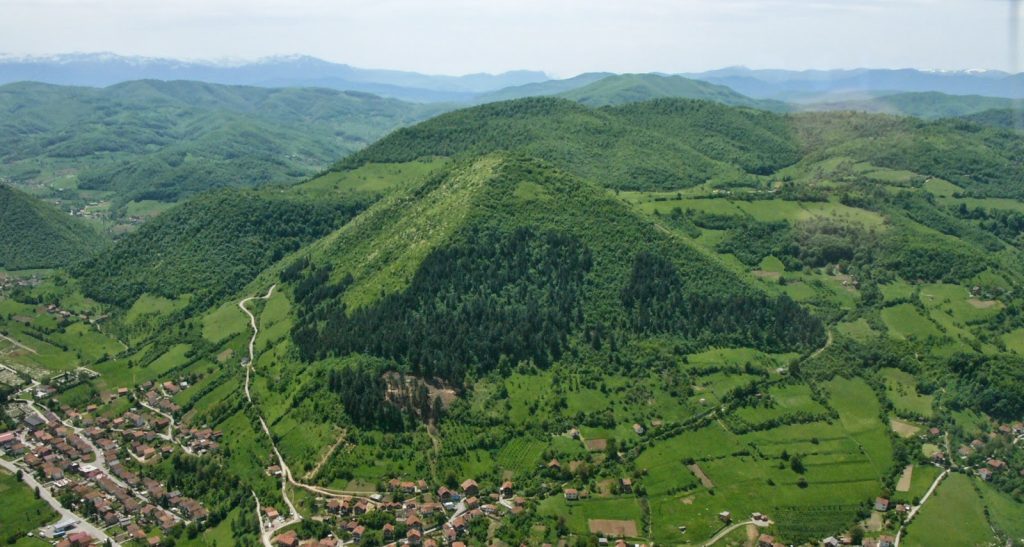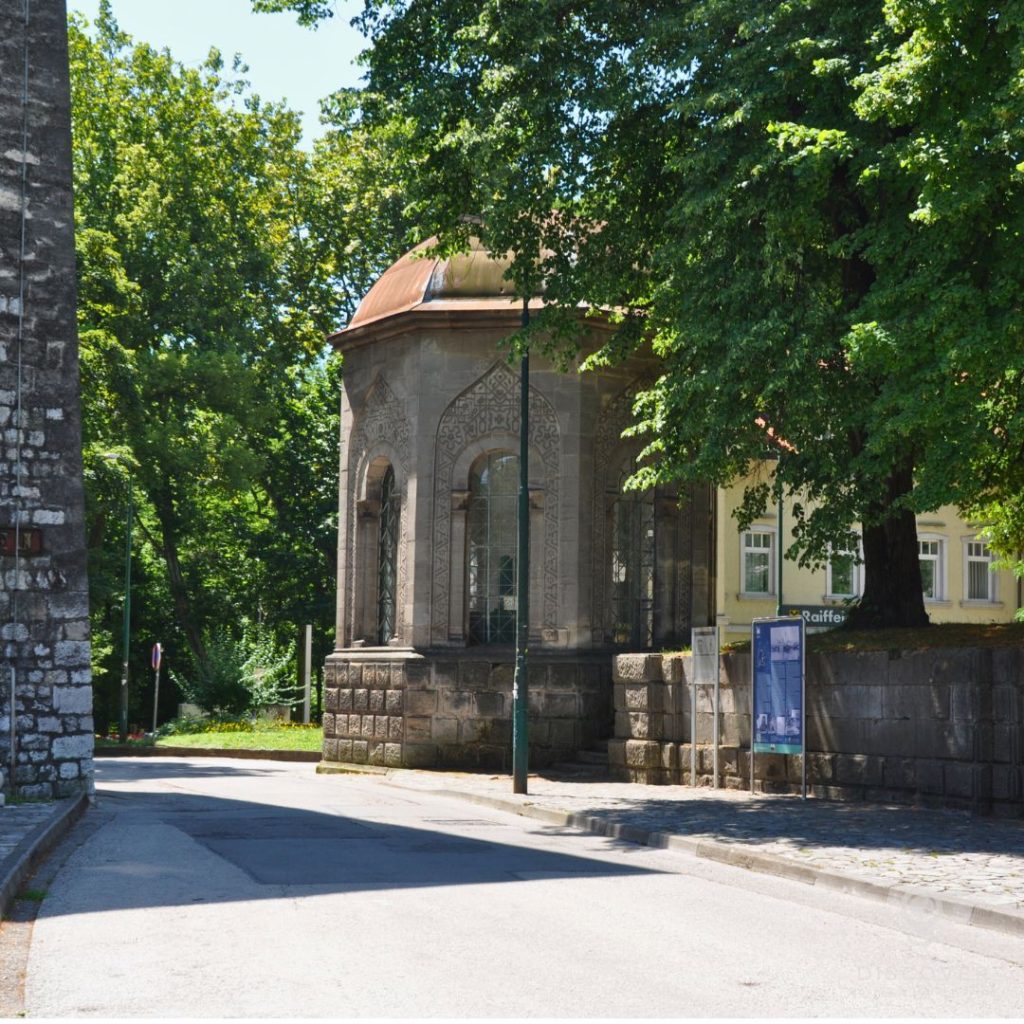
In the heart of Bihać’s historic core lies the Turbe, a significant monument reflecting the city’s multicultural and multiconfessional legacy. Despite the scarcity of historical records, it is widely believed that the Turbe was built by Mehmed-paša Bišćević, a prominent figure from the Bihać nobility, between 1792 and 1874.
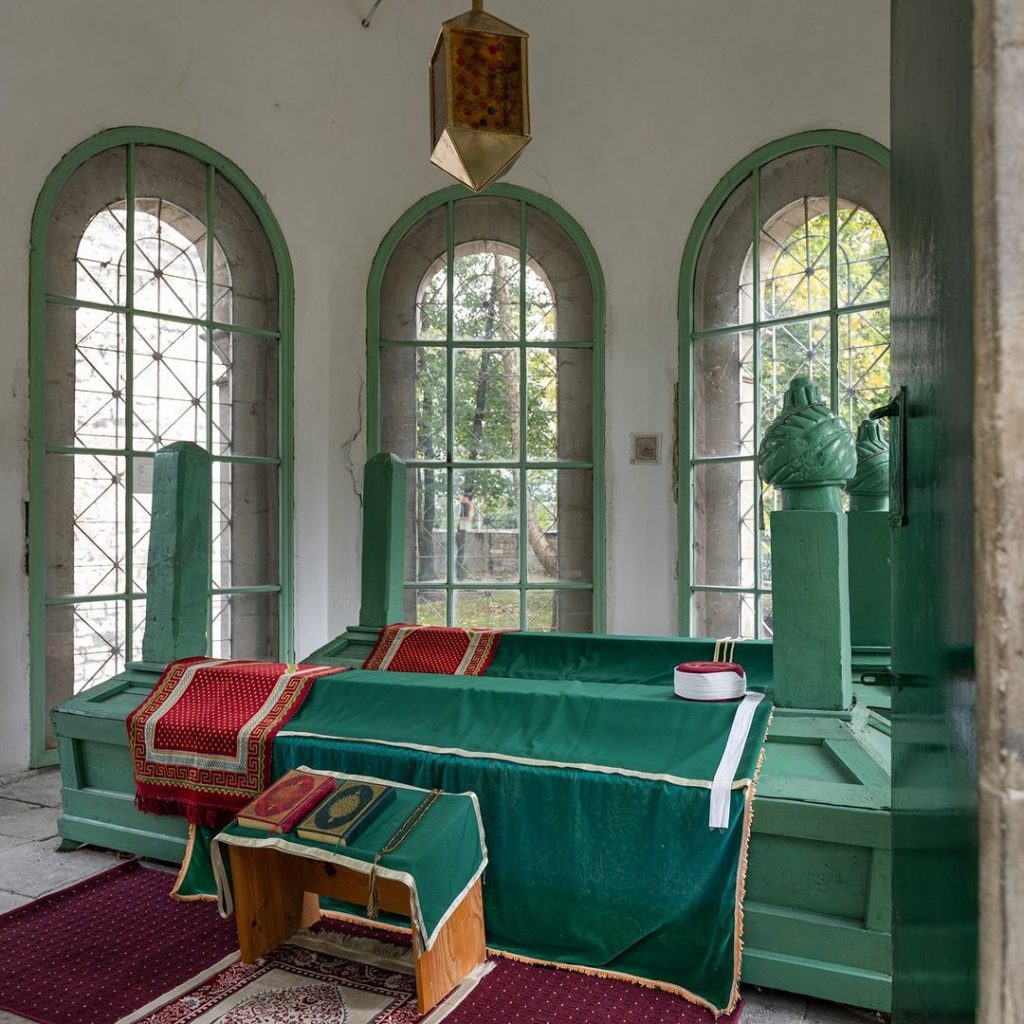
The Turbe, along with the Captain’s Tower and St. Anthony’s Church, showcases the architectural beauty of Bihać. The Turbe boasts an octagonal base, finely crafted bihacite stone, and intricate geometric and floral decorations. Its unique design, featuring seven windows with horseshoe arches, creates an illusion of floating structures.
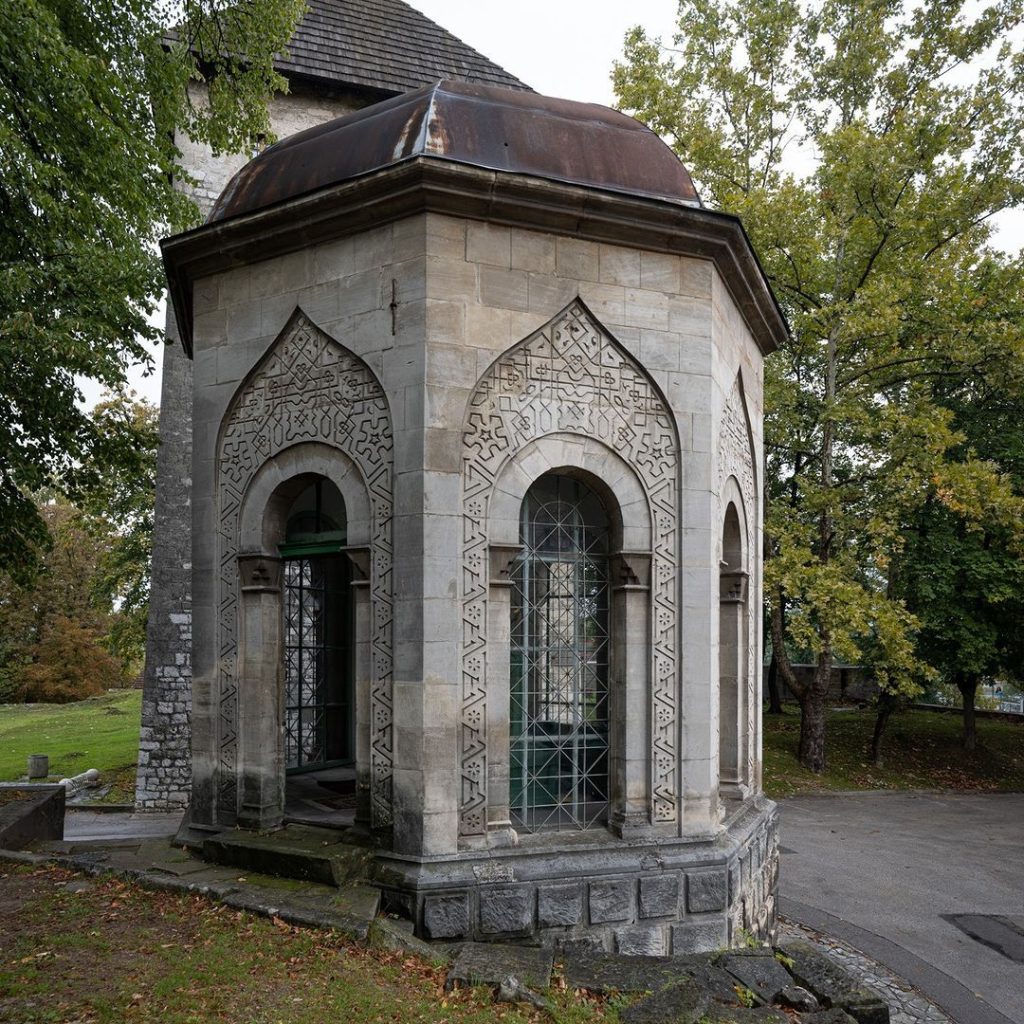
Originally a wooden structure, the Turbe was rebuilt in bihacite stone by Austro-Hungarian authorities in 1890, honoring the city’s defenders. Although legends abound regarding its origins and purpose, no one is buried inside. The Turbe stands as a tribute to the city’s resilient spirit.
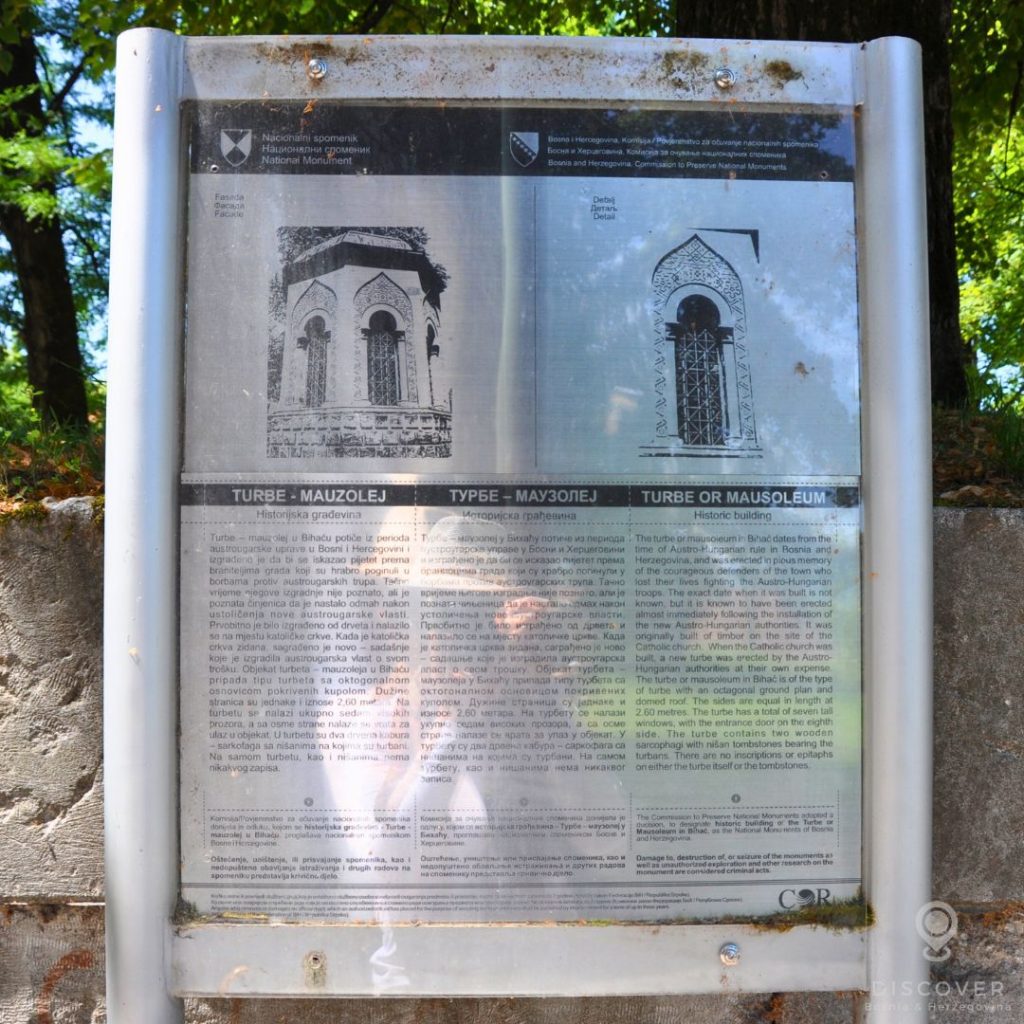
Despite being damaged during the conflicts of the 1990s, the Turbe has been restored and now proudly stands as a national monument of Bosnia and Herzegovina, continuing to intrigue and inspire visitors.


